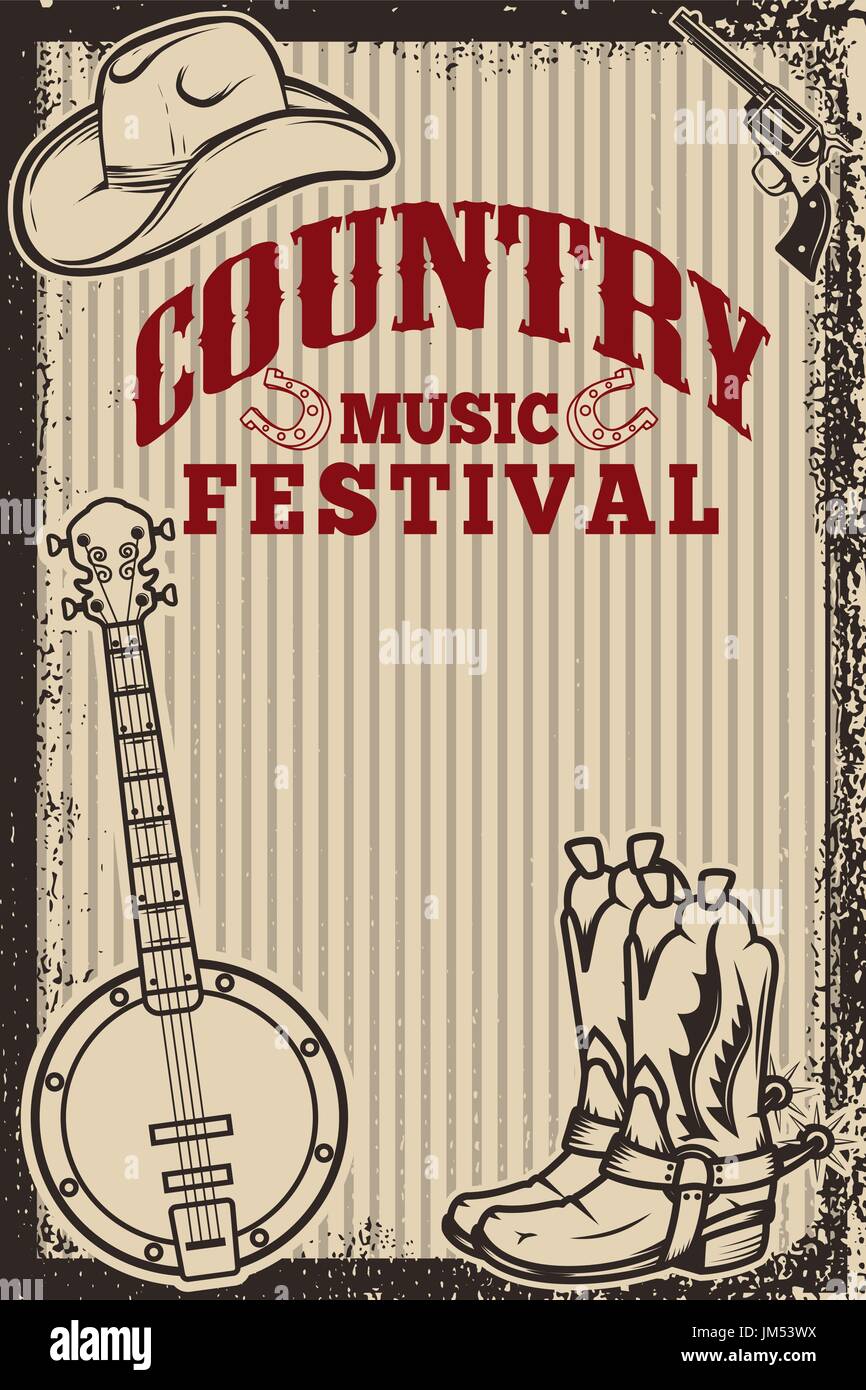Day 15
Posted in Uncategorized on October 30, 2018 by etitusIn a previous post, 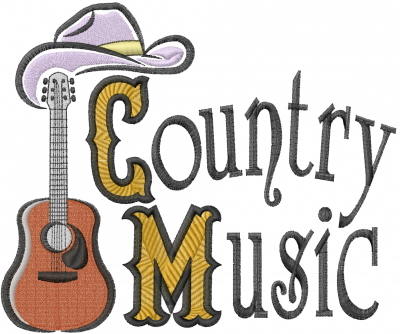 I mentioned my fondness for country music. This is no less true. For homework this class, we’ve been assigned a scavenger hunt to find the earliest reference of our favorite type of music. Thus, it was a given that I would choose country music.
I mentioned my fondness for country music. This is no less true. For homework this class, we’ve been assigned a scavenger hunt to find the earliest reference of our favorite type of music. Thus, it was a given that I would choose country music.
In today’s day and age, it should be easy to find the earliest reference of “country music” by inserting the phrase exactly as written with quotation marks into the Google search bar. That is, if you don’t bother to read the passages it referenced.
Using the “Google Ngram viewer”, I search the popularity of the phrase throughout the years, discovering very few references, though some were mentioned as far back as somewhere in the late half of the 1700s. Imagine my jubilation and confusion when we learned in class that country music as we know it didn’t Come about until somewhere in the 1920s. My next step was to look for this early reference in Google Books. So, you know the little captions Google inserts next to the book you search, listing the word or phrase you looked for? Turns out, I didn’t even need to click the link to discover that this was not in reference to the country music I know and love. Here’s the quote: “This Rizzio must have come, so advanced in life as he did, from ltaly, and strike so far out of the common road of his own country’s music.” So as to avoid copyright infringement, this came from “The European Magazine, and London Review”, as it stated. The “country music” quote refers to an Italian man who played the traditional music of his county. Get it? Country music.  Also, for those curious, ‘Rizzo’ is an Italian surname for someone with curly hair. Threw me for a loop first time I read this sentence.
Also, for those curious, ‘Rizzo’ is an Italian surname for someone with curly hair. Threw me for a loop first time I read this sentence.
My next order of business was to find a reference to ACTUAL country music, which took me a good hour and a half to find (mostly due to sorting through bad sources). In Google, the earliest reference I
found was published in a newsletter by the Country Music Foundation in the year 1970. A long way from the previous 1786 usage, right? Anyway, here’s the quote: “The Carters, A. P., Sara and Maybelle, and Jimmie Rogers were initially recorded in Bristol, Tennessee, in August of 1927. These recordings, August 1, 2, and 4, mark the beginning of modern country music”. Not only is this the first written reference (on Google) of country music, but it also states that country music was founded before 1927.  The key phrase ‘modern country music’ suggests that there was an another, older version of country music, that which I could not find a reference for. Insert pouty face.
The key phrase ‘modern country music’ suggests that there was an another, older version of country music, that which I could not find a reference for. Insert pouty face.
Next, and no, I’m not finished yet, I looked on another website my teacher recommended. This one had a lot of newspapers from the last 100 years! Unfortunately, there was nothing about earlier country music, but I did find this: “Other events of the day are an open house at the Myrtle Beach Air Force Base, free boat cruise for the kiddies at Vereen’s Marina, a Phillip Morris Country Music Show at the Air Force Base at 6 p.m.…”. This was found on page 6 of the June 05, 1957 issue of the Tabor City tribune. It was the earliest mention of ACTUAL country music that I could find, not “a country’s music”, or just straight up “In our own age and country, music…” or “…country. Music…”, etc.
I’d welcome any earlier finding of what we consider country music, just not a “country’s music”. Thus is the earliest online Google and “Chronicling America at Library of Congress” reference I’ve been able to find.
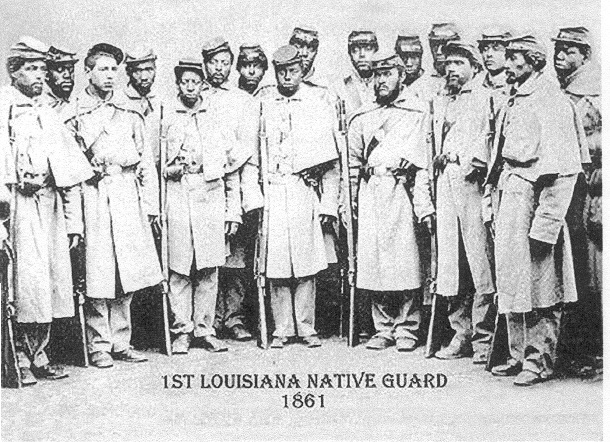 In class, we began to discuss the idea of black men as soldiers in the confederate side of the civil war. Does this seem plausible? this idea was spread through social media, textbooks, etc. with much skepticism. It is currently still being looked into as true or false. This photo here is one that our teacher showed in class as proof of African Americans in the Confederate army.
In class, we began to discuss the idea of black men as soldiers in the confederate side of the civil war. Does this seem plausible? this idea was spread through social media, textbooks, etc. with much skepticism. It is currently still being looked into as true or false. This photo here is one that our teacher showed in class as proof of African Americans in the Confederate army.  We discussed the probabilities of its true value, then he showed us another picture. This happens to be the uncropped version of the original photo. The commander of the group is wearing a union uniform. The most likely reason the African Americans are wearing the grey uniforms is due to the fact that there were very few uniform regulations during this time, resulting in wearing whatever you could get your hands on. Ever heard the story that many soldiers had trouble distinguishing friend from foe during the civil war? That’s why. And when they did begin to regulate uniforms (grey vs blue), how much difference is there between their colors anyway?
We discussed the probabilities of its true value, then he showed us another picture. This happens to be the uncropped version of the original photo. The commander of the group is wearing a union uniform. The most likely reason the African Americans are wearing the grey uniforms is due to the fact that there were very few uniform regulations during this time, resulting in wearing whatever you could get your hands on. Ever heard the story that many soldiers had trouble distinguishing friend from foe during the civil war? That’s why. And when they did begin to regulate uniforms (grey vs blue), how much difference is there between their colors anyway?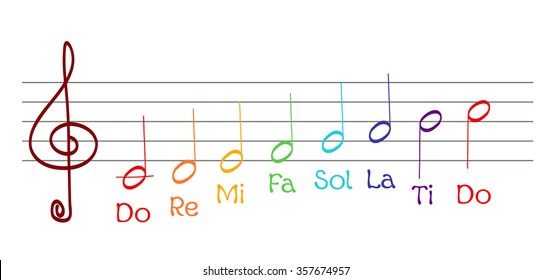
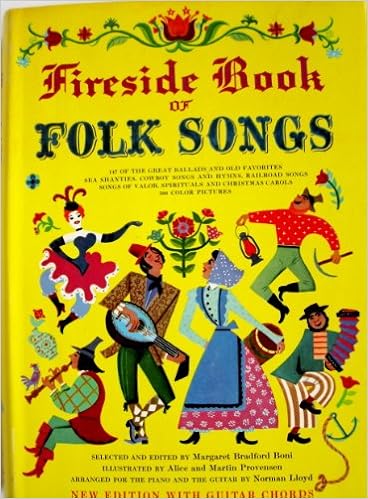 Yet according to present day folklorists (people who study folklore), a folk song is any song played in a folk setting; this is a fancy way of saying any song played in a repeated gathering of people is considered a folk song. So why aren’t these songs considered folk? Technically they are. Yet these songs were not the only one’s played at these gatherings. Popular songs that talented musicians heard through the radio were also played in these gatherings, yet were not classified as folkloric because they were considered popular modern songs.
Yet according to present day folklorists (people who study folklore), a folk song is any song played in a folk setting; this is a fancy way of saying any song played in a repeated gathering of people is considered a folk song. So why aren’t these songs considered folk? Technically they are. Yet these songs were not the only one’s played at these gatherings. Popular songs that talented musicians heard through the radio were also played in these gatherings, yet were not classified as folkloric because they were considered popular modern songs. In the fall of WWII, segregation is at an all time high: separate neighborhoods, separate schools, separate bathrooms, bus seats, doors… nothing was exempted from this separation, including music. In an earlier post, I mentioned that a white person to go to the black section of a record store was forbidden, because of the segregation. King records decided to work towards this problem of society, while also trying to make a buck. In a time when public facilities were segregated and intermarraige was prohibited by law, this music record company blatantly marketed itself as an interracial company, with both whites and blacks working together. While this seems nice and all, the catch is that each song was performed twice. In the King Record’s view, by spreading the same song in both markets, there was double the chance of hitting big and getting double the money typically earned for a song. Black musicians would sing a song, and then white musicians would adapt that same song into the popular style of their market and perform the same lyrics, and vice versa.
In the fall of WWII, segregation is at an all time high: separate neighborhoods, separate schools, separate bathrooms, bus seats, doors… nothing was exempted from this separation, including music. In an earlier post, I mentioned that a white person to go to the black section of a record store was forbidden, because of the segregation. King records decided to work towards this problem of society, while also trying to make a buck. In a time when public facilities were segregated and intermarraige was prohibited by law, this music record company blatantly marketed itself as an interracial company, with both whites and blacks working together. While this seems nice and all, the catch is that each song was performed twice. In the King Record’s view, by spreading the same song in both markets, there was double the chance of hitting big and getting double the money typically earned for a song. Black musicians would sing a song, and then white musicians would adapt that same song into the popular style of their market and perform the same lyrics, and vice versa.
